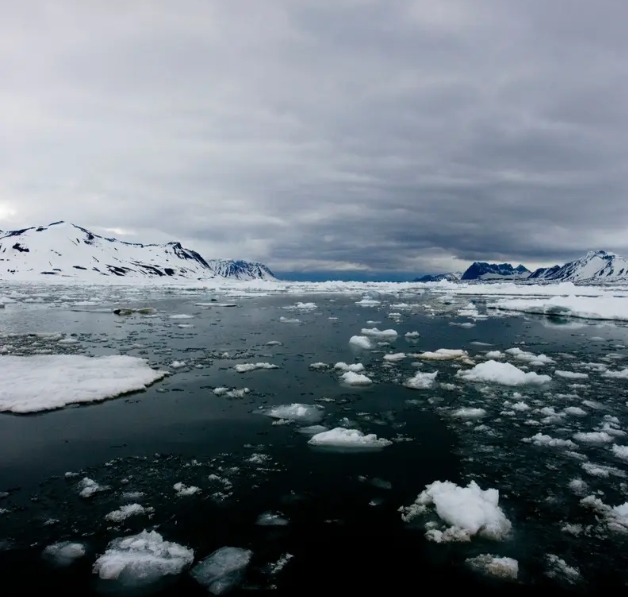The Arctic’s average temperature has already risen at a rate of almost four times the global average, warming faster than any other region on Earth, while also trying to cope with the impacts from a growing global rush for resources, new shipping routes, and opportunities.
Why are we concerned?
What happens in the Arctic will influence the rest of our planet. Without urgent action to slash greenhouse gas emissions, the world will continue to feel the effects of a warming Arctic. For areas around the world—even thousands of kilometres south of the Arctic—this will mean rising sea levels, changing temperature and precipitation patterns, and more severe weather events.
In the Arctic, changes due to the climate crisis are already causing nature to break down, causing risks to the livelihoods, health and cultural identities of Indigenous and local communities.
These changes, many of which are irreversible, will result in a very different Arctic than the one we have been used to.
Summer sea ice is disappearing
Summer Arctic sea ice extent is shrinking by 13% per decade and the sea ice cover continues to be younger and thinner. The declines in sea ice thickness and extent, along with changes in the timing of ice melt, are putting animals that are particularly ice-dependent—such as narwhals, polar bears and walrus—at risk.
If we can hold the global temperature increase to 1.5°C, the Arctic may retain some summer sea ice—a critical component of its marine ecosystems. But if the increase is greater than 1.5°C, we will lose Arctic summer ice within decades.
The Arctic is no longer an effective global air conditioner
The rapidly diminishing Arctic sea ice is accelerating warming for the entire Earth. Sea ice reflectivity helps regulate the amount of sunlight that enters the Arctic region—and in turn, the area’s temperatures. As more sea ice disappears, the underlying ocean surface is exposed. This much darker ocean surface absorbs sunlight instead of reflecting it, allowing much more heat to enter the Arctic system. It is a vicious circle: less sea ice means more open ocean, more heat absorption and more climate change, not just within the region but also beyond.


